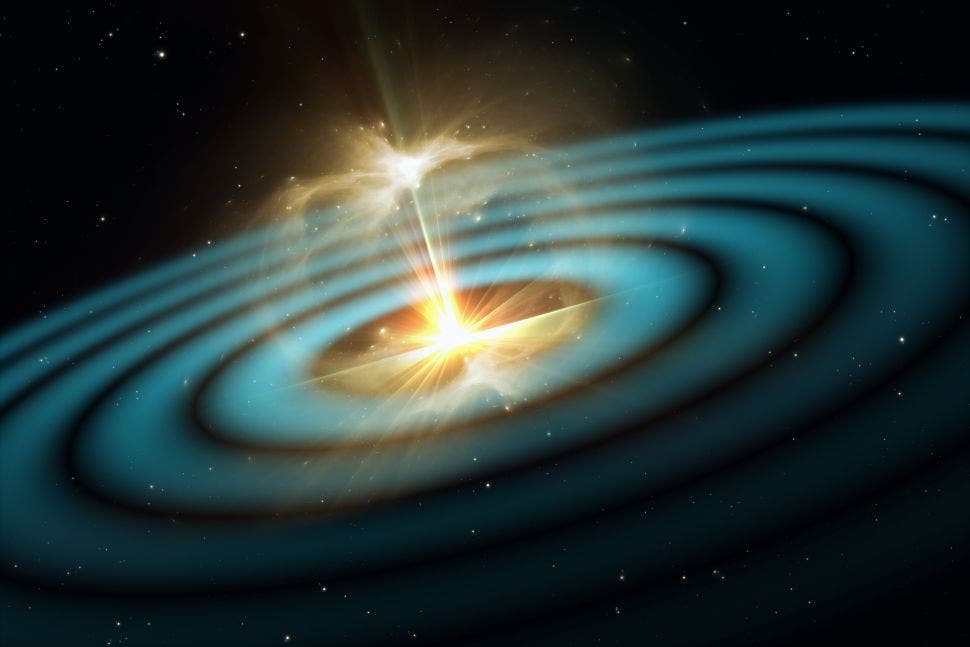Gravitational waves were always going to pose more questions than answers — and that’s exactly what they’re doing.

On January 14, the Laser Interferometer Gravitational-Wave Observatory (LIGO) and the Virgo interferometer picked up a split-second burst of gravitational waves, which are distortions in space-time. So far, it’s not known where the bursts were emitted from.
Generally, such waves are caused by the collision of immensely massive objects such as two black holes or two neutron stars — this is what happened in 2017 and again in April 2019.
However, these collisions generally last longer, whereas the new signals are short and they appear to come in a series from a very localized portion of the universe.
LIGO picked up the signals coming from the constellation Orion, which has some believing that an explosion of the red supergiant Betelgeuse might be forthcoming. Since October, the star — seen as the shoulder on the left side of Orion — has dimmed by a factor of two, something that has never been documented prior. This has some scientists believing that it could occur soonish (sometime between tomorrow or a 100,000 years from now). If it does occur, the star could leave us in spectacular fashion in the form of a supernova, where the glow could be as bright as the moon.
However, some don’t believe that to be the case. The burst “seems a little too short for what we expect from the collapse of a massive star,” Andy Howell, a scientist at Los Cumbres Observatory Global Telescope Network and an adjunct faculty member in physics at the University of California, Santa Barbara, told Live Science. Howell said that another reason he doesn’t believe this to be the case is that there were no neutrinos detected. Neutrinos are small subatomic particles supernovas are known to release which do not carry a charge.
Another possibility could be noise from LIGO itself, however, the fact that the burst was found by all three LIGO detectors (in Hanford, Washington; Livington, Louisiana; and Piso, Italy) essentially rules this out as well.
So that leaves astronomers scratching their heads as to what the latest burst could be. At least for now.
“The universe always surprises us,” Howell says. “There could be totally new astronomical events out there that produce gravitational waves that we haven’t really thought about.”
We were expecting gravitational waves to answer questions about the nature of the universe. That they did — but they are also posing pressing questions, for which there seems to be no answer yet.
Was this helpful?



